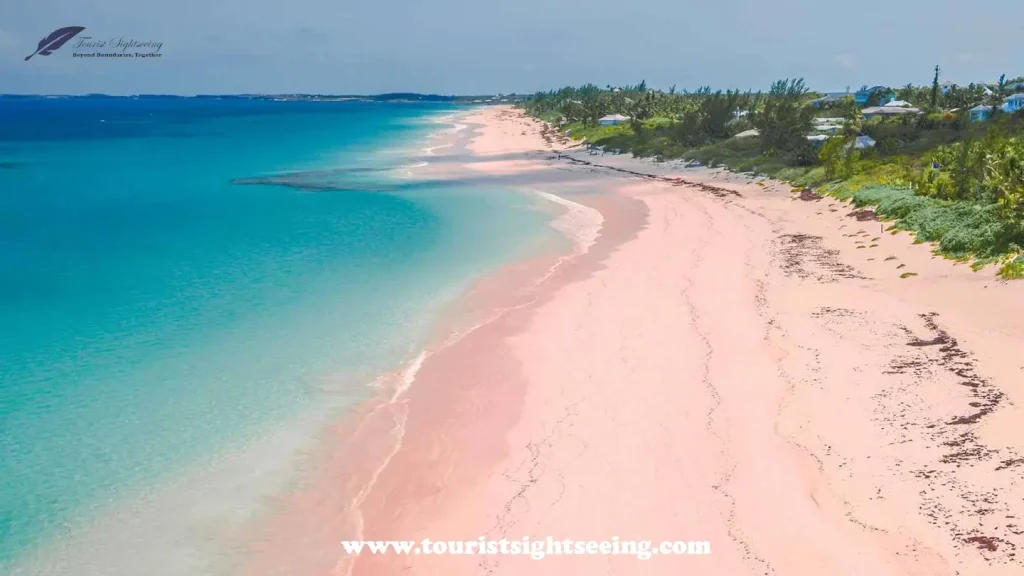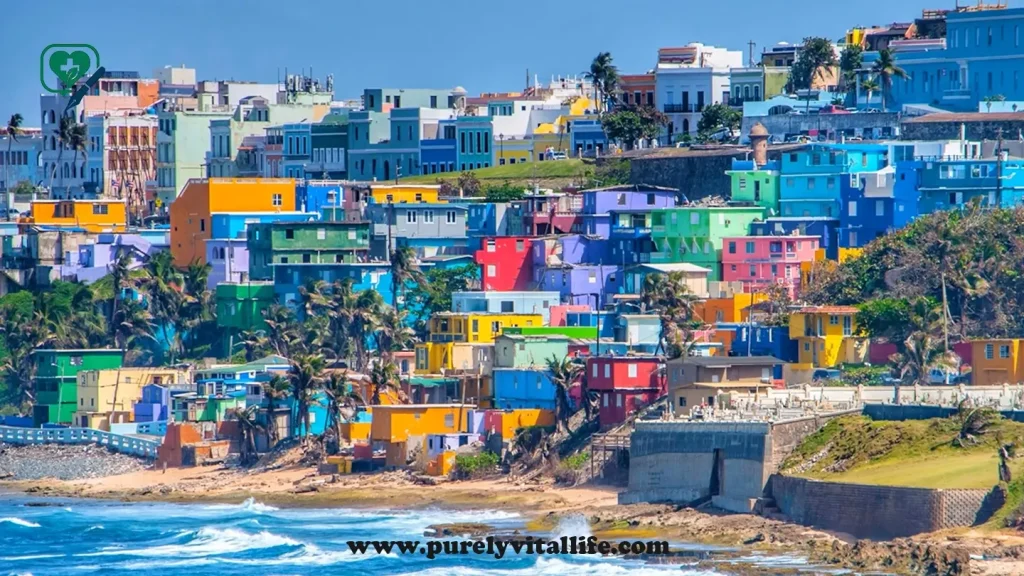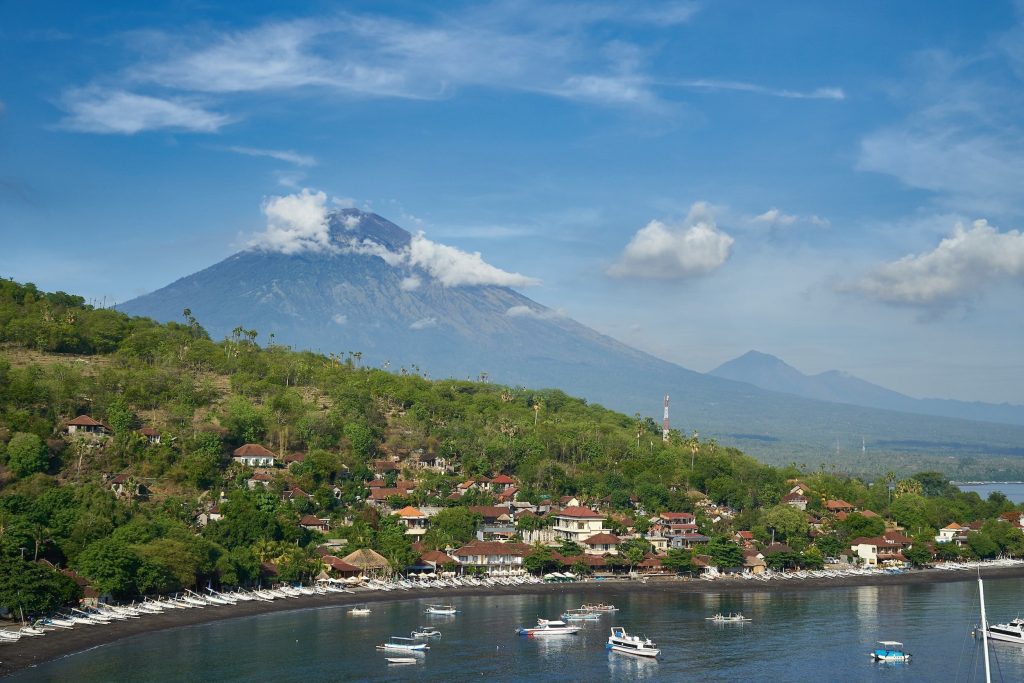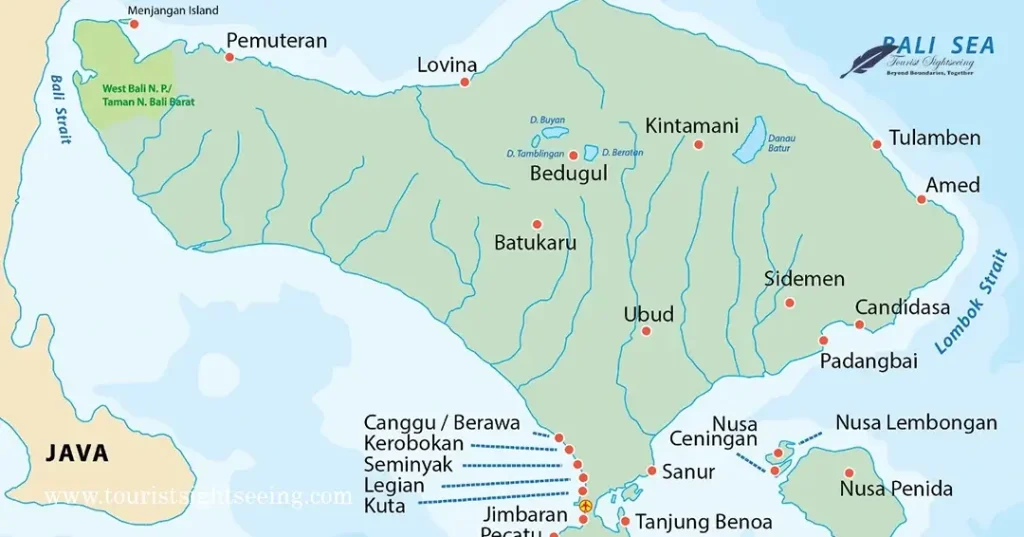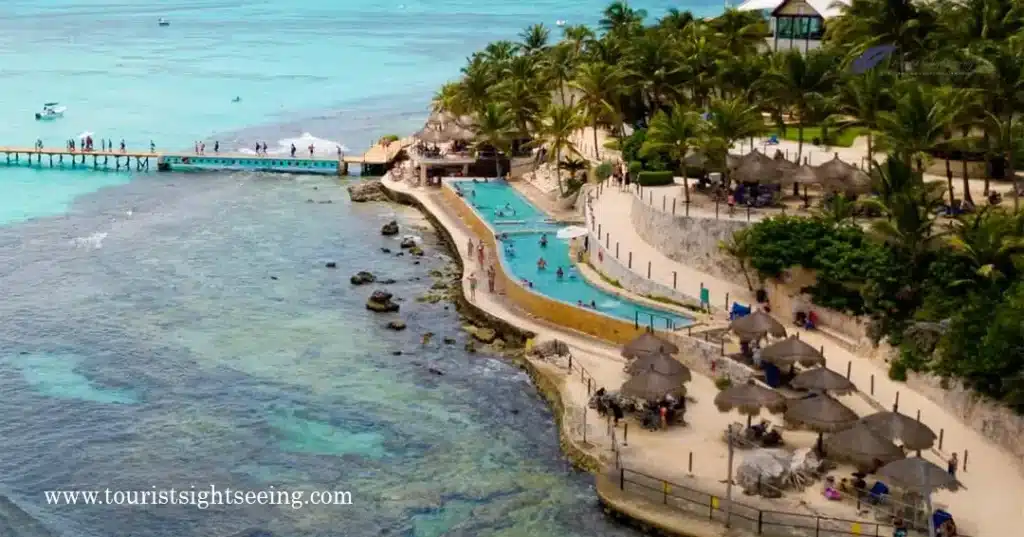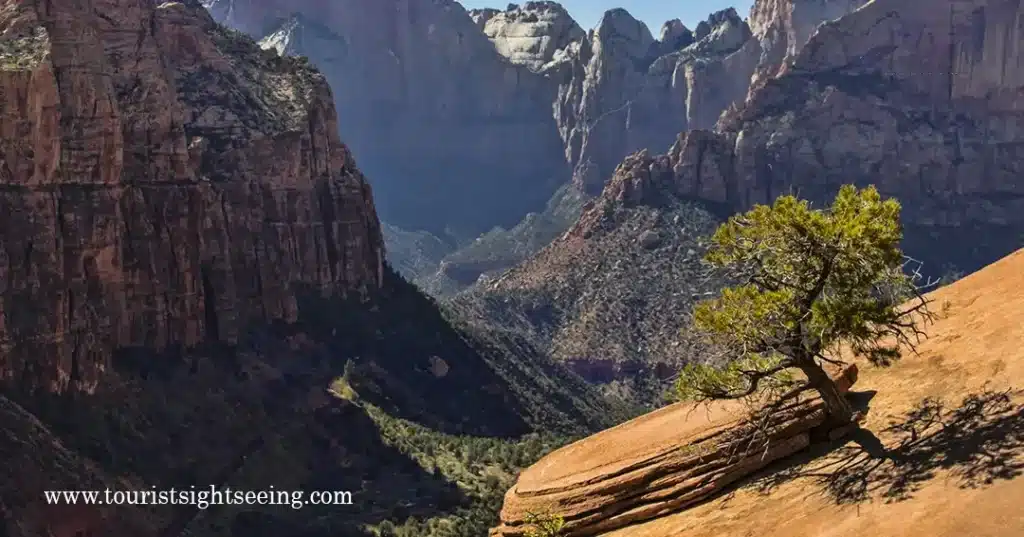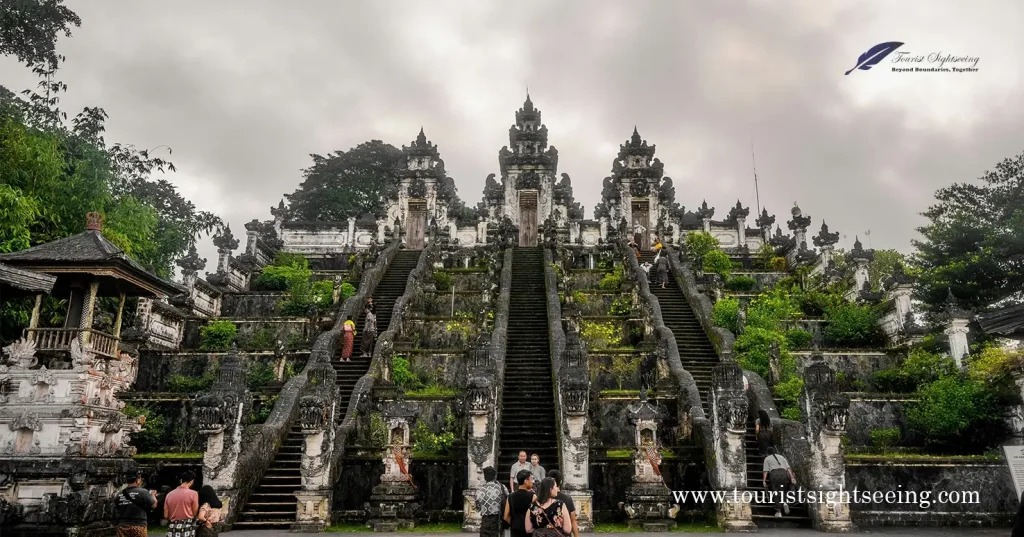Bali Map: Your 2025 Travel Guide to Temples, Beaches and Hidden Gems

Introduction to Bali Map:
Bali, often dubbed the “Island of the Gods“, remains one of the premier travel destinations worldwide. Now in 2025, its appeal continues to draw in millions of travelers annually. Renowned for its breathtaking rice terraces, spectacular beaches, majestic temples and vibrant culture, Bali provides something for every traveler — be it surfers seeking waves or spiritual retreat seekers seeking spiritual sustenance; Bali Map won’t let you down.
But Bali is more than a tropical paradise; it is a land rich with history, traditions, and stories. From Hindu heritage and festivals to warm hospitality and warm temperatures make Bali map truly exceptional among other Southeast Asian destinations. Travelers can discover an array of experiences here such as visiting ancient temples for meditation or diving into crystal clear waters or trekking lush mountains; with modern infrastructure providing modern comforts that blend traditional charm seamlessly into contemporary comforts.
With our complete Bali map journey guide, we’ll show you all the must-see temples, beaches and hidden gems of 2025 that should not be missed. Plus with updated insights, practical travel tips, and a deep look into Bali’s geography; planning your adventure will become easier than ever!
Why Bali Map Remains a Premier Travel Destination in 2025:
With so many global travel spots to choose from, one might ask why Bali remains such a beloved travel destination year after year? The answer lies in its diversity: no single culture dominates Bali; instead it provides a diversity of landscapes, cultures, experiences, and activities for its visitors to enjoy. Surfers flock to its southern shores while spiritual seekers congregate at Ubud while adventurers discover volcanic regions like north Bali or rugged eastern regions – even frequent visitors find something different each time they visit this exotic paradise!
Another factor contributing to Bali’s 2025 hotspot status is accessibility. Over recent years, Bali has upgraded its travel facilities and transportation systems, with Ngurah Rai International Airport connecting directly with more cities worldwide and improved ecotourism initiatives, better infrastructure, and digital nomad-friendly policies making it even easier to visit this beautiful destination.
Let’s not overlook affordability either. While Bali boasts five-star resorts, budget travelers also find accommodation suitable to their needs here – homestays are relatively cheap while local warungs offer tasty local fare and inexpensive transport makes this island destination appealing to both backpackers and luxury seekers.
Quick Overview of Bali’s Map and Geography:
Understanding Bali’s map is integral to exploring it fully. Though Bali may appear small, each region offers distinct experiences. Bali can be divided into five main areas.
- North Bali: Renowned for its tranquil, less crowded vibe, waterfalls and volcanic landscapes.
- South Bali: South Bali is one of the busiest parts of Bali, filled with beaches, nightlife and luxury resorts.
- East Bali: Home to cultural treasures, Mount Agung and diving spots.
- West Bali: Less developed and ideal for nature enthusiasts and wildlife seekers.
- Central Bali: Ubud stands as its spiritual core, surrounded by rice terraces and temples.
Acquainting yourself with Bali’s geography can help you to plan a better itinerary. Imagine starting each morning in Ubud for yoga and art before heading south for beach sunsets before retreating north for peace and quiet. By carefully considering all aspects of this island paradise, you can truly appreciate all its wonders without missing anything out of reach!
Navigating Bali – Understanding the Island Bali Map:
Bali may not be a massive island, but don’t let its size fool you – its size hides an incredible diversity. Within two hours in any direction can transport you from vibrant nightlife to serene mountain villages. To maximize the enjoyment of your trip, it is vital that you understand each region’s individual offerings.
North Bali Is A Perfect Blend Of Nature, Volcanoes And Tranquility
North Bali may often go overlooked, but those who make the effort will find themselves rewarded with stunning landscapes and an easier pace of life than its bustling southern counterpart. Away from the hustle of southern Bali lies North Bali with black-sand beaches, peaceful villages, and some of Bali’s most dramatic waterfalls like Gitgit and Sekumpul awaiting discovery.
Lovina Beach is one of the main draws, known for its dolphin-watching tours at sunrise. You can board a traditional boat and witness pods of dolphins dancing along the waters before sunrise. Beyond this stunning beach are coffee plantations and hot springs – ideal places for those seeking relaxation without the bustle of tourists.
Mount Batur and Agung dominate Bali’s skyline. Climbing Mount Batur for sunrise offers panoramic views of an island bathed in golden light – hiking to this iconic summit is truly rewarding!
North Bali should be on your travel map if you seek peace, authenticity and raw nature.

South Bali Offers Beaches, Resorts, and Nightlife:
South Bali is perhaps its most iconic region, and with good reason. Most travelers arrive via Ngurah Rai International Airport located nearby; once there, iconic destinations like Kuta, Seminyak and Nusa Dua can be reached with only short drives away.
This region of Bali is filled with energy and entertainment. Kuta Beach is the epicenter of surfing and nightlife while Seminyak boasts luxury villas, beach clubs and boutique shopping for those with higher means. Nusa Dua offers safe beaches with world-class resorts that cater to families.
South Bali isn’t all beaches: its Bukit Peninsula hosts breathtaking cliffs, hidden bays, and one of Bali’s most iconic temples–Uluwatu. By nightfall, travelers flock to clifftop bars to watch legendary sunsets with cocktails in hand.
South Bali offers action, luxury and convenience all rolled into one adventure destination.

East Bali Is A Land Of Cultural Treasures and Diving Spots:
East Bali boasts both cultural riches and natural splendor. Mount Agung, Bali’s highest peak and holiest mountain, stands proudly here; villages here feel timeless as traditional Balinese life continues unhindered by heavy tourism.
Besakih Temple, more commonly known as “Mother Temple,” is one of Bali’s major draws and often considered its largest and most significant complex of temples. Spiritual seekers as well as culture enthusiasts often find this region exceptionally rewarding.
East Bali is also a diver’s haven. Amed and the nearby USS Liberty Shipwreck attract divers from all over the world; both boast vibrant coral reefs and abundant marine life for an unparalleled underwater adventure experience.
This region strikes an ideal balance between history, spirituality and outdoor adventure.

West Bali Offers Untouched Wilderness and National Parks:
If you want to escape the crowds completely, head west. West Bali is known as Bali’s “last frontier”, as most of it remains relatively undeveloped and unspoiled. West Bali National Park provides an immense protected area that features mangroves, savannahs and coral reefs – ideal if you want a complete getaway!
Birdwatchers appreciate this area as it is home to the rare Bali Starling bird found only here. Additionally, nearby Menjangan Island provides excellent snorkeling and diving locations that make for unforgettable adventures.
West Bali is ideal for visitors seeking eco-tourism, wildlife viewing and an enhanced connection to nature.

Central Bali-Ubud Is Home to Bali’s Spiritual Core:
No map of Bali would be complete without Ubud, its cultural and spiritual hub. Situated in Central Bali, Ubud offers stunning rice terraces, sacred temples, artistic villages and yoga retreats – the ideal destination for yoga retreats, wellness programs and cultural immersion programs.
Ubud offers art galleries, craft markets and traditional dance performances galore. Nearby Tegalalang Rice Terraces make for beautiful postcard pictures while sacred spots like Monkey Forest add an air of mystery.
Central Bali also provides easy access to traditional villages like Penglipuran, where visitors can experience Bali’s cultural heritage first-hand. If you’re seeking balance, inspiration and spirituality – Ubud is the place to be!
Also Read About Experience Tranquility and Luxury at Further – Bali, Indonesia — >>>
Bali Temples: A Spiritual Journey:
Bali’s temples are more than tourist attractions – they serve as vibrant hubs of culture and faith that bring people together from across the island to celebrate devotion and artistry. You won’t miss them on any map of Bali; temples can be found scattered all across this tropical paradise!
Besakih Temple – the Mother Temple:
Besakih Temple in Bali is a sprawling complex composed of over 80 individual temples atop Mount Agung that dates back over a thousand years, known as Besakih Mother Temple or simply Besakih. A pilgrimage site for Balinese Hindus as well as travelers alike.
Temple offers stunning panoramic views of its surroundings on clear days when Mount Agung rises behind it. Visitors can witness religious ceremonies that include colorful offerings, chanting and traditional attire – perfect for photographing!
Besakih Temple in Bali represents not only its spiritual importance, but also provides a fascinating look into its unique architecture – with intricate stone gates and tiered pagodas. Exploring its courtyards feels like travelling back in time; connecting you to centuries of worship.
Visitors looking to visit Bali should visit in the morning or during one of its numerous festivals when temples come alive with music and prayers.

Tanah Lot Temple by the Sea:
Tanah Lot Temple stands as one of Bali’s most iconic landmarks, perched dramatically atop a dramatic rock outcrop surrounded by seawater. Devoted to sea gods and believed to protect from ocean spirits, high tide leaves this landmark completely isolated while waves crash against its base creating an almost magical and mystifying scene.
Tanah Lot is perhaps best-known for its breathtaking sunset. When the sun dips below the horizon, its fiery glow illuminates Tanah Lot temple against an indigo sky and creates postcard-worthy memories for travelers gathered on nearby cliffside cafes to wait for golden hour – sipping fresh coconut water or sipping Bali coffee while anticipating it’s arrival.
Even though the main temple itself is closed off to visitors, its surrounding areas remain open for exploration. You can browse local markets filled with handicrafts, souvenirs, and traditional snacks before reaching the viewpoint.
Tanah Lot is more than just a temple: it’s an impressive spiritual and visual spectacle. Perfect for photography enthusiasts or anyone simply seeking peace and serenity during an evening stroll – Tanah Lot must be included on any itinerary of Bali!

Uluwatu Temple: Cliffside Beauty:
Uluwatu Temple stands on a dramatic cliff along Bali’s southern coastline and stands as an icon of Balinese architecture and spirituality. Devoted to the sea gods, this one of nine directional temples on the island serves to guard against evil spirits.
Uluwatu Temple’s dramatic and breathtaking cliffside location overlooking the vast Indian Ocean makes it an unforgettable destination. On clear days, one can see endless stretches of turquoise water crashing against rocks below; but what truly sets Uluwatu apart is its cultural experience offered at sunset; travellers gather every evening here to witness its Kecak Fire Dance performance against an ablaze sky and lapping waves.
Uluwatu Temple’s playful monkeys add charm and are known for stealing sunglasses and snacks! However, travelers should exercise caution with any belongings left lying about as these playful animals can sometimes nab them away!
Uluwatu Temple combines spirituality, culture and nature into one breathtaking package. More than just a place of worship; its cultural spectacle leaves an indelible mark that lasts for decades to come.

Tirta Empul – the Temple of Sacred Water:
Tirta Empul is one of Bali’s most revered sites, revered for its holy spring water which locals and tourists use for purification rituals. Visitors line up to step into its clear pools or pass through its fountains – spiritual cleansing as well as physical health benefits can be gained here.
Melukat, also known as The Rite of Immersion in Temple Water, can be an uplifting spiritual experience that many travelers treasure long after leaving Bali. Immersing oneself into temple waters can have profound therapeutic and transformative benefits; even those not practicing any particular faith often find the experience transformative and transformative.
Beyond its sacred springs, the temple complex is surrounded by lush gardens and traditional Balinese architecture. Exquisite stone carvings and offerings displayed throughout the complex demonstrate Balinese people’s devotion to their traditions.
Tirta Empul isn’t just for sightseeing; it’s an experience into Bali’s soul. By participating in or just watching, visitors to Tirta Empul can gain an in-depth knowledge of Balinese spirituality and develop their appreciation of it.

Goa Gajah or Elephant Cave can be found near Bali in Indonesia:
Goa Gajah (The Elephant Cave) is an impressive archaeological site near Ubud that dates back to 11th century. The entrance itself is captivating: an enormous stone face carved into rock forms the entrance and features an arched mouth that serves as the doorway; entering this gateway into Bali’s past feels like entering another dimension altogether.
Within this cave you will discover stone relics, meditation spaces, remnants of Hindu and Buddhist influences as well as bathing pools, fountains and lush surroundings inviting exploration. Goa Gajah stands out among temples as it holds an aura of mystery making it popular with visitors interested in history and travel alike.
Even though this town bears its name, you won’t find elephants here. The source of its name remains controversial; some speculate it comes from carvings resembling elephants while others believe it to be from old texts.
Goa Gajah offers an insight into Bali’s early spirituality and cultural development. Less focused on grand views than exploration, it remains one of Central Bali’s hidden gems.

Bali Beaches Offer Sun, Sand and Surf:
Bali’s beaches are well-known, and for good reason. Each beach boasts its own distinct atmosphere; some bustle with surfers while others provide serene walks. A Bali map will reveal that its southern coast boasts more lively beach hotspots while its northern and eastern regions provide more sedate, black sand options.
Kuta Beach: Vibrant and Energetic:
Kuta Beach has long been considered the iconic beach of Bali. Once an unassuming fishing village, this bustling hub has evolved into an alluring haven for surfers, partygoers and anyone seeking an exciting atmosphere.
This beach is wide and sandy, offering waves that are ideal for beginner surfers. Surf schools dot the shoreline offering lessons to anyone eager to ride them; during the day you may spot surfers practicing their technique while families play in the sand and vendors selling cold beverages.
As soon as the sun goes down, Kuta comes alive. Beachfront bars, clubs, and restaurants come alive with vibrant nightlife; travelers from across the world congregate here to dance, socialize, and soak up its energetic ambience.
Kuta Beach may not be for everyone; those seeking serenity should perhaps explore other beaches instead. But for those in search of excitement, surfing, and vibrant nightlife should head straight for Kuta.

Seminyak Beach: Relax in Luxurious Comfort:
Kuta Beach may be known for its lively nightlife scene, while Seminyak Beach provides a more refined atmosphere. Just a short drive away, Seminyak offers a more serene yet upscale environment; think luxury resorts, stylish beach clubs, trendy cafes and boutique shopping amidst golden sands and gentle waves.
Beach clubs such as Potato Head and Ku De Ta have become world-famous for offering infinity pools, cocktails, and breathtaking sunset views – drawing couples, families, and travelers from near and far alike to indulge. The beach itself is wide and welcoming – ideal for sunbathing, casual swimming, long strolls by the water and strolls along its edge. In contrast to Kuta, its atmosphere feels refined; popular among couples, families and travelers seeking relaxation.
Seminyak is well known for its vibrant culinary scene, offering everything from organic vegan cafes and fine-dining restaurants, to organic vegan cafes and global flavors at organic vegan cafes. After an exhausting day of sightseeing or relaxation you can unwind at one of Seminyak’s rooftop bars or book spa treatments at one of many wellness centers nearby.
Seminyak Beach provides the ideal blend of relaxation and chic entertainment on Bali, making it one of the must-visit beaches.

Nusa Dua: An Exotic Family-Friendly Shoreline:
Nusa Dua lies at the southernmost tip of Bali and serves as its premier luxury destination. Offering peace and security amid lush surroundings, Nusa Dua boasts five-star hotels, manicured gardens and one of Bali’s cleanest beaches – providing the ideal escape.
Nusa Dua Beach offers tranquility with its clear waters and soft golden sand, ideal for families with young children due to the gentle waves and well-kept area. Sun loungers, watersports facilities and shaded picnic spots make Nusa Dua a convenient and relaxing choice.
Nusa Dua offers more than beaches; cultural events and performances at the Bali Nusa Dua Theatre allow visitors to experience authentic Balinese performances, while golf enthusiasts will find world-class courses.
Nusa Dua may lack the charm and authenticity of more rustic beaches, but it does excel when it comes to comfort and convenience. For an enjoyable beach holiday with all-inclusive luxury accommodations nearby, Nusa Dua should be your destination of choice.

Jimbaran Beach – Delicious Seafood at the Beach:
Jimbaran Beach offers an unforgettable dining experience that marries natural beauty with delicious cuisine. Situated just south of the airport, this wide sandy beach is best known for its beachfront seafood restaurants that serve fresh seafood cooked over coconut husks. As soon as the sun sets, its shoreline transforms into a dining haven featuring tables set directly onto the sand and fresh seafood prepared in front of diners on their beachside tables.
Jimbaran offers the ideal mix of romance and energy, making it popular with couples and families alike. Watching the sun set while feasting on deliciously grilled prawns, lobster or fish provides an unforgettable Bali experience.
Jimbaran offers more than food. It’s an ideal place for swimming and relaxation during the day; with gentler waves than most southern beaches and safe conditions for casual beachgoers.
Jimbaran Beach offers the ideal combination of culinary adventure and seaside relaxation. Enjoy your meal–make memories!

Lovina Beach: Home to Dolphins and Serenity:
If you want an escape from the busy southern beaches, head north to Lovina Beach in Bali. Instead of the golden sands common to southern beaches, Lovina is known for its black volcanic sand and serene waters – not to mention a chance at sunrise to spot dolphins!
Every morning, traditional outrigger boats head out into the sea carrying visitors eager to witness dolphin pods leap and play in the early light – an unforgettable and magical experience that has made Lovina famous among nature enthusiasts.
Lovina offers an easygoing charm. The town is small and peaceful, featuring cozy cafes, local markets and affordable accommodations. Snorkeling and diving are popular activities here due to nearby coral reefs.
Lovina Beach offers the ideal destination for peace and relaxation away from the bustle of South Bali, boasting natural beauty as well as thrilling dolphin encounters that bring extra magic.

Beyond the Tourist Map: Discover Hidden Gems in Bali:
Balinese temples and beaches may be internationally acclaimed, yet this island harbors untold treasures waiting to be uncovered. Venture off the main tourist track and you may discover misty mountains, quiet valleys, or authentic Balinese villages that will give you a deeper understanding of this unique nation.
Munduk – Misty Mountain Escape:
Munduk in Bali’s northern highlands provides a refreshing contrast from Bali’s hot beaches. Dubbed “Switzerland of Bali,” Munduk boasts cool air, lush coffee plantations and waterfalls hidden deep within misty jungles – not to mention charming village life with few tourists and slower pace of life.
Hiking is the main attraction here. Trails lead through rice fields, forests, and past breathtaking waterfalls like Munduk Waterfall and Melanting Waterfall – as well as past local farmers tending to clove and coffee plantations – providing an insight into traditional Balinese life.
Munduk is also ideal for photographers. With misty mornings, scenic valleys, and traditional homes all creating postcard-worthy shots – Munduk provides plenty of picturesque opportunities to recharge your spirit and breathe fresh mountain air!

Sidemen Valley – Discover Traditional Balinese Life:
Sidemen Valley lies to the east of Bali, far from its crowds and often considered comparable to Ubud before it became overrun with tourists. Here lies a hidden paradise of terraced rice fields, winding rivers, and traditional villages – an idyllic getaway!
Life here moves at an easy, relaxed pace: farmers tend to their fields while locals weave textiles by hand and ceremonies take place at small village temples. Travelers staying in Sidemen have often described it as experiencing “the real Bali.”
Outdoor enthusiasts will find plenty to keep them occupied: trekking through rice paddies, rafting down Telaga Waja River or just relaxing while looking upon Mount Agung from afar. Homestays and eco-lodges in the area allow guests to connect deeper with local culture.
Sidemen isn’t flashy–it’s raw, authentic and peaceful–making it the ideal location if you’re seeking an unexplored Bali map experience. Make this valley your top priority.

Nusa Penida: An Exciting Island Adventure:
Nusa Penida, just an hour’s boat ride from Bali, offers visitors an experience unlike any other. Famous for its dramatic cliffs, hidden beaches and crystal-clear waters, Nusa Penida has quickly become a destination worth experiencing for adventurous travellers looking for an exciting contrast from South Bali’s polished resorts – making Nusa Penida an island with distinct character!
One of the most famous spots here is Kelingking Beach, often dubbed T-Rex beach due to its distinctive cliff shape resembling that of an extinct dinosaur. From this viewpoint, turquoise waters meet an isolated white-sand beach far below; for the truly adventurous traveler there is an adventurous trail leading down into it which should not be taken lightly!
Angel’s Billabong and Broken Beach, natural rock formations where waves crash into pools and arches, are another highlight. Additionally, Crystal Bay and Manta Point offer snorkelers the chance to swim alongside majestic manta rays.
Nusa Penida is less developed than Bali, so expect bumpy roads and basic infrastructure; but that’s part of its charm; raw, wild and unforgettable experiences are part of what makes Nusa Penida such an eye-opener! For anyone seeking adventure with beautiful landscapes this island paradise is worth detouring for.

Amed: Diving Paradise
Amed: Diving Paradise For underwater enthusiasts, Amed is nothing short of paradise. Situated along Bali’s eastern coast, this sleepy fishing village has quickly become one of the island’s top diving and snorkeling spots due to its calm waters teeming with vibrant marine life.
Tulamben’s most celebrated attraction is the USS Liberty Shipwreck from World War II, now home to corals, fish, and even sea turtles – drawing divers from across the globe who come here to discover its haunting yet gorgeous remains.
Beyond diving, Amed offers a more authentic Bali map experience. The beaches here feature black volcanic sand that creates an eye-catching contrast against the turquoise water. Small guesthouses, local eateries, and yoga retreats give Amed an easygoing, laidback ambience far removed from tourism bustle.
At night, Amed Village remains peaceful; stars illuminate its starlit skies while waves lap on its shores. Amed is ideal for anyone wanting to connect with Bali’s ocean life while experiencing a laid-back lifestyle – A dream come true indeed.

Sangeh Monkey Forest: Unique Outdoor Activity Site:
Sangeh Monkey Forest provides an alternative, quieter experience. Situated in Central Bali, it houses hundreds of long-tailed macaques that freely roam among giant nutmeg trees.
At the center of Sangeh Forest lies Pura Bukit Sari, an ancient temple reclaimed by nature. Wandering through its thick forests feels almost mystical as majestic trees stand overhead and playful monkeys interact playfully all around you – unlike Ubud’s Monkey Forest which can get quite crowded quickly! Sangeh Forest allows more room for peaceful exploration.
Monkeys here are considered sacred, believed to guard and protect the temple and its surroundings. Though cheeky at times, they tend to be less aggressive than their Ubud counterparts and should therefore be left alone; still it would be wise not to carry food or loose belongings with you.
Sangeh Monkey Forest offers travelers a rare chance to experience Bali’s nature and spirituality in a more peaceful atmosphere, and deserves greater recognition.

Conclusion:
Bali map is more than an island; it is an evolving story of culture, spirituality, adventure and natural beauty. From majestic temples like Besakih and Uluwatu to vibrant beaches such as Kuta and Seminyak and undiscovered gems such as Sidemen and Munduk – every corner of this vibrant land tells a tale.
Bali in 2025 offers something special: its diversity. Whether you prefer sunset strolls by the sea, diving through coral-rich waters, visiting ancient temples or hiking misty mountains – whatever your tastes, Bali has something for everyone – from luxurious getaways to budget traveler options; making it the ideal travel destination.
Gather up your Bali map, mark off temples, beaches and hidden gems on it and prepare to embark on an extraordinary adventure! This won’t just be another vacation; this will be an immersive spiritual and cultural journey that stays with you long after leaving the Island of the Gods behind.
Frequently Asked Questions About Bali Map:
- Question: What is the ideal time of year to visit Bali in 2025?
Answer: To experience its best weather and outdoor activities at its best, plan your trip from April through October when dry season conditions prevail and weather is sunny and enjoyable. - Question: Do I Need a Visa to Visit Bali?
Answer: Travelers typically can enter Bali using either a Visa on Arrival or free entry permit; it’s wise to confirm current requirements prior to traveling. - Question: Is Bali Expensive to Visit?
Answer: Bali offers both budget travelers and luxury seekers affordable accommodations and delicious local cuisine, while luxury seekers have their choice of world-renowned resorts and gourmet dining. - Question: What is the best way to travel around Bali?
Answer: Scooters are an economical and enjoyable option for short distance travel while private drivers or taxis provide more reliable long distance transport solutions. - Question: Are the temples on Bali accessible to tourists?
Answer: Yes, most temples in Bali are open and accept visitors; however they must dress modestly and wear a sarong, which can often be rented at the entrance.


